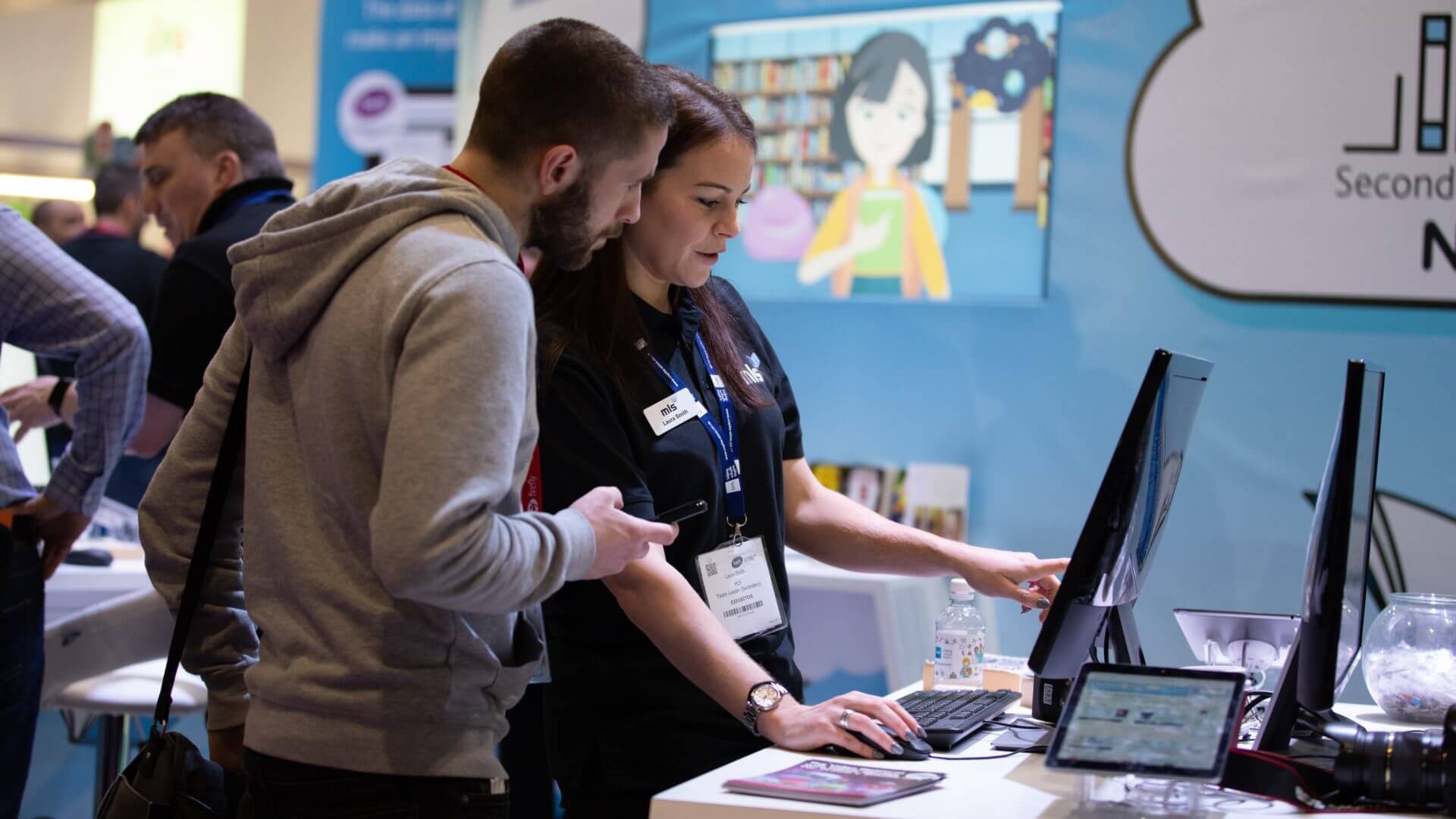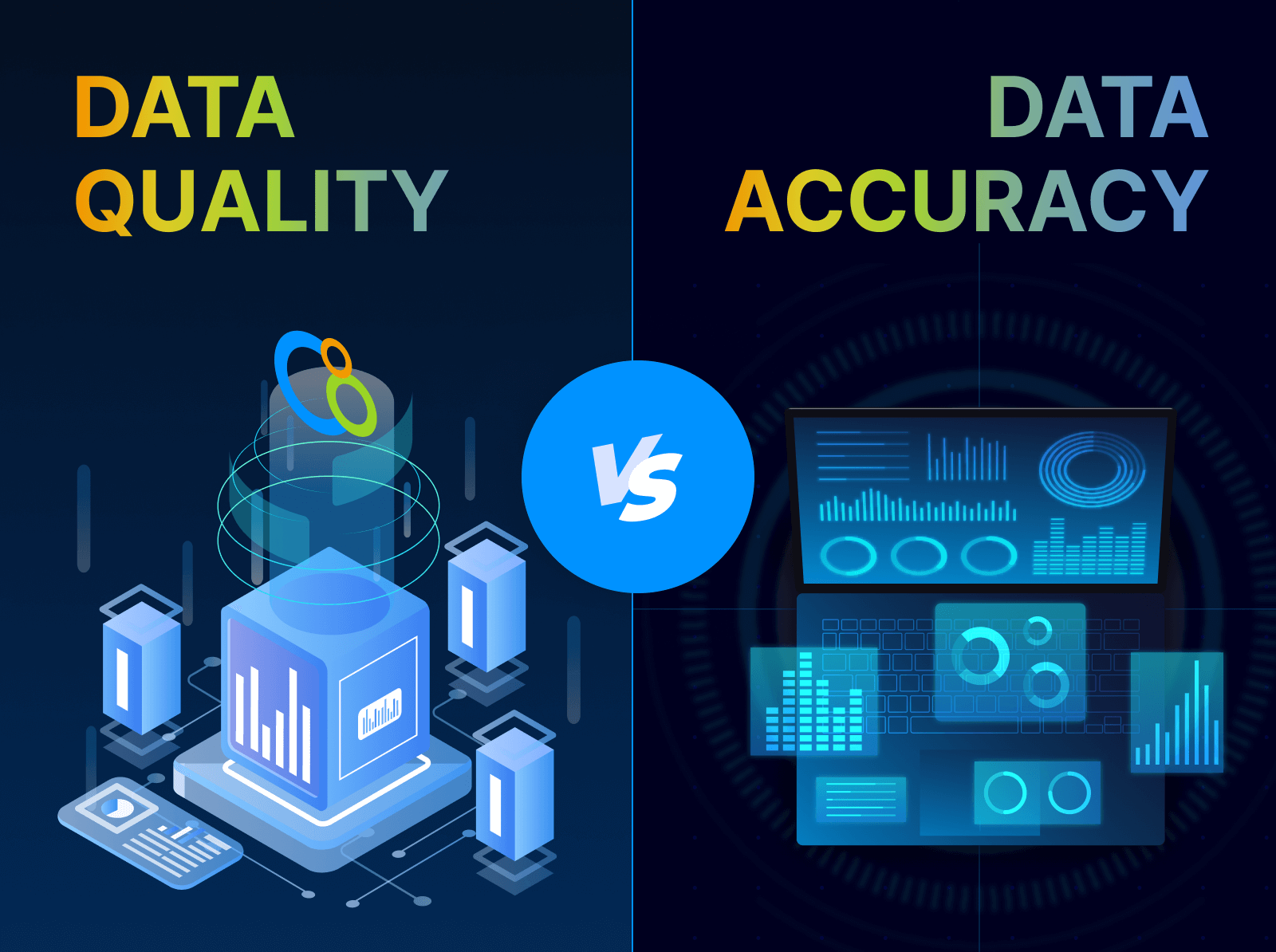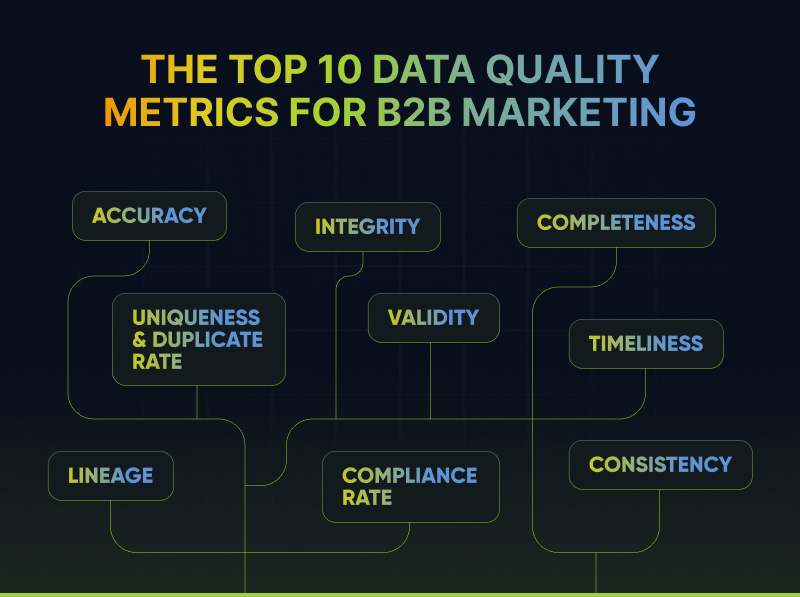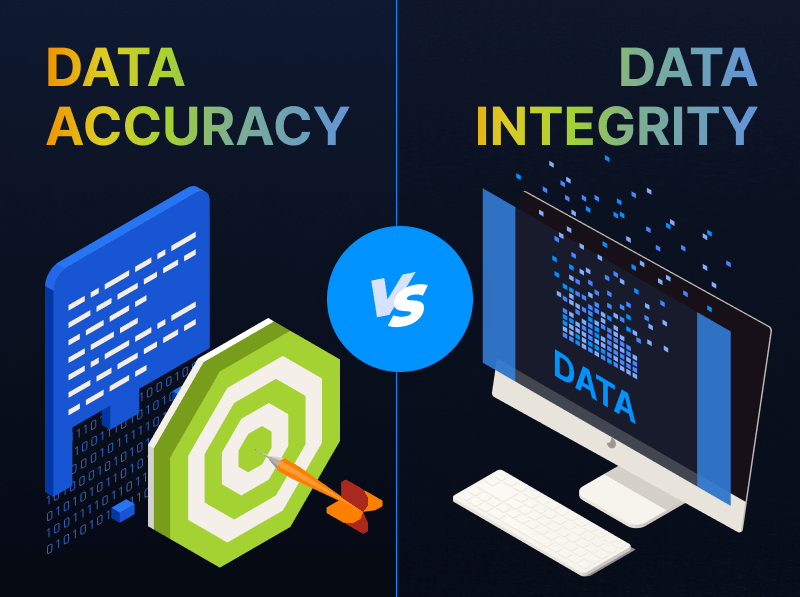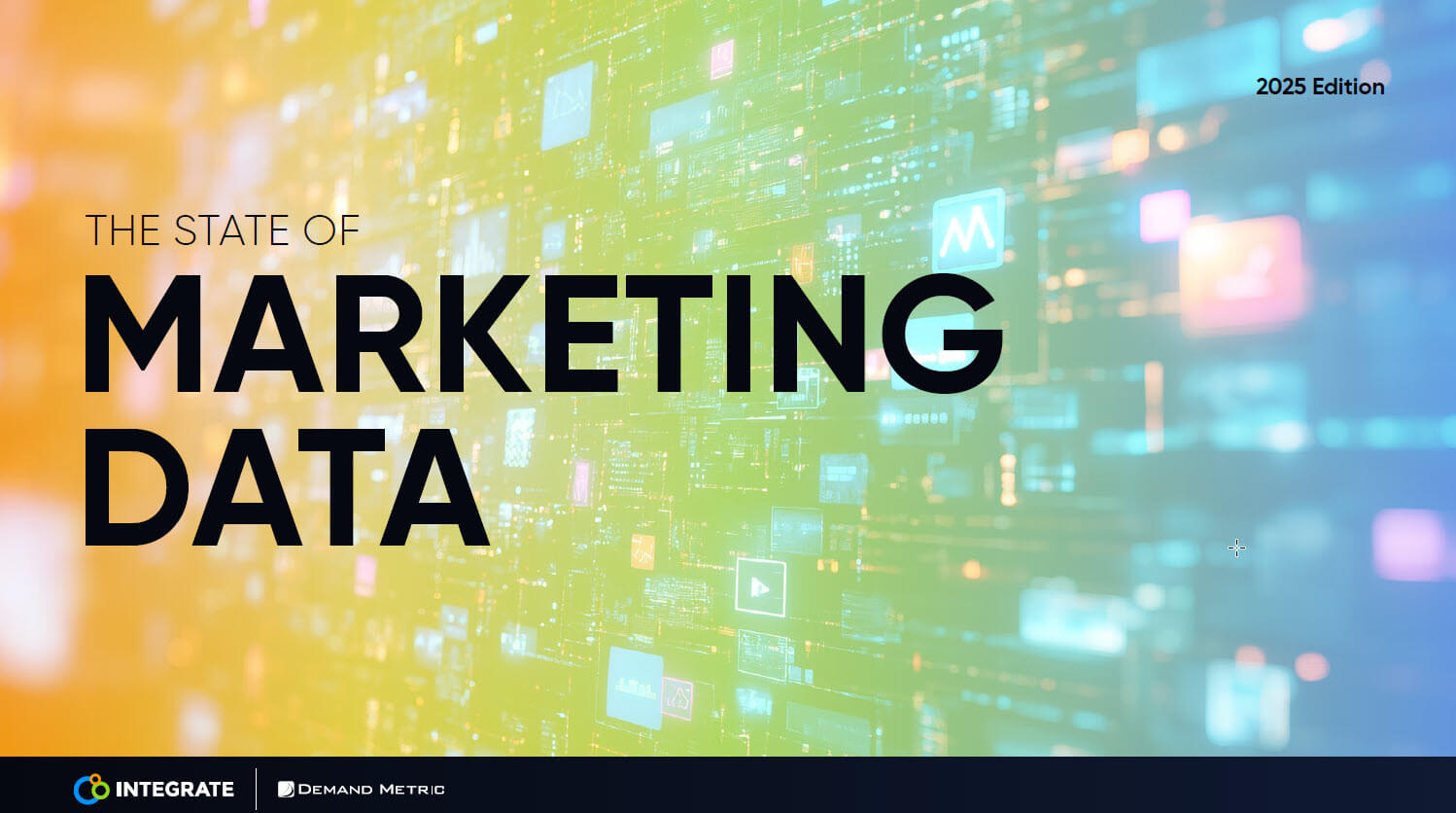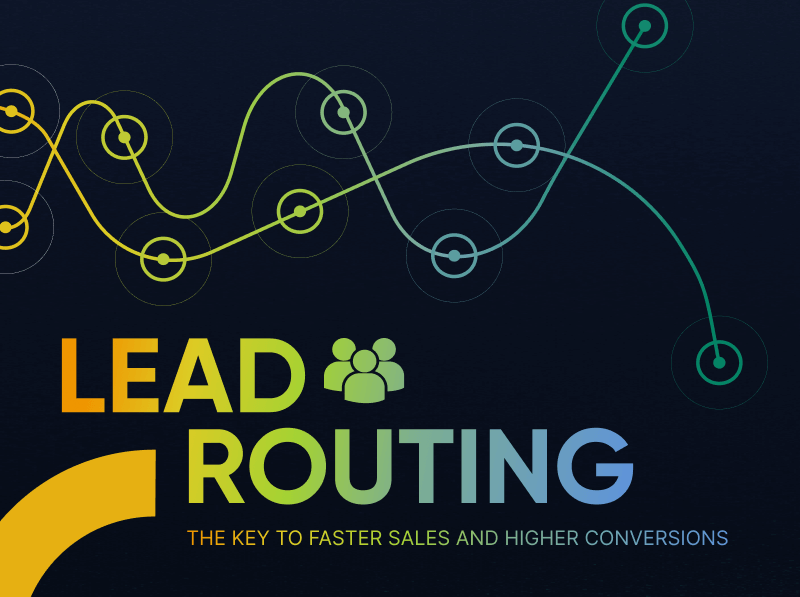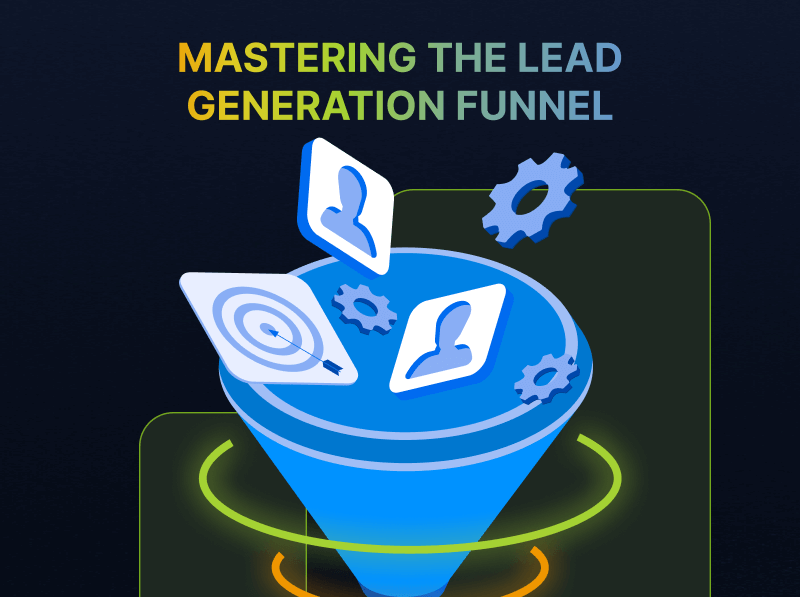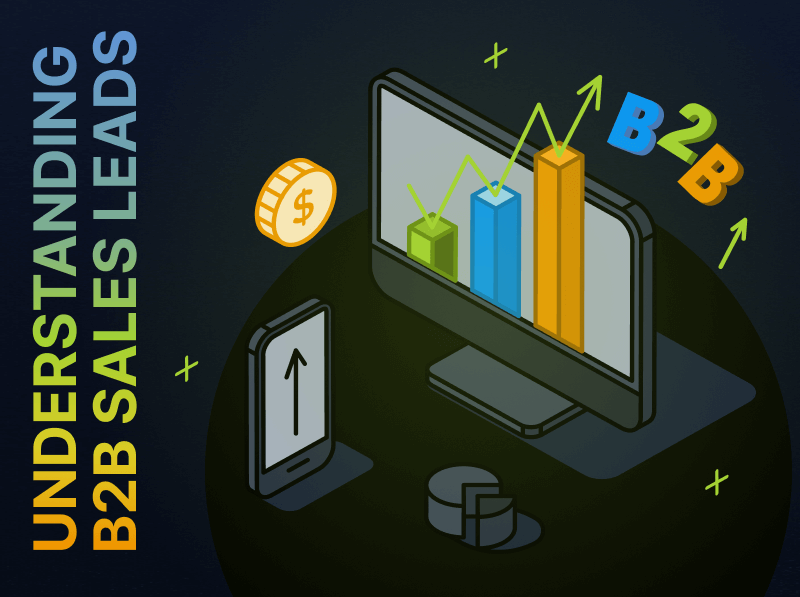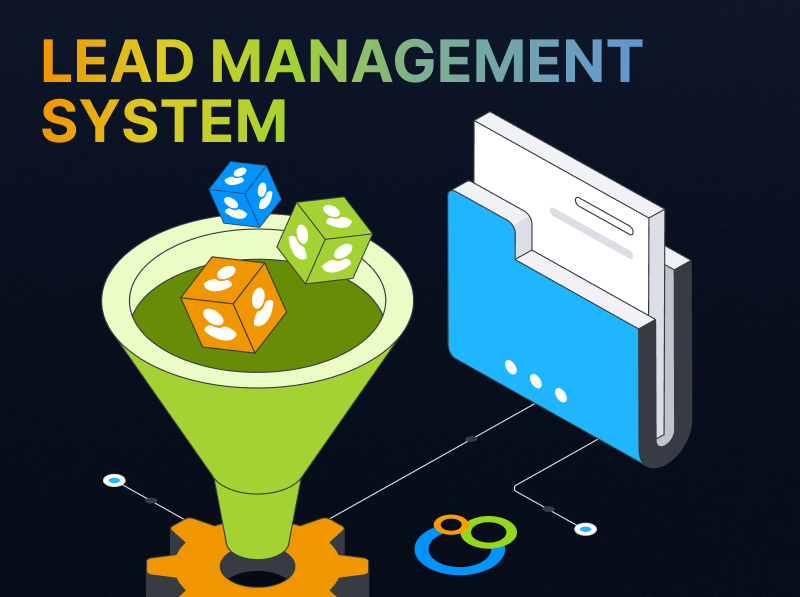The Essential Post Event Checklist for Exhibitors
A quick search online will bring up countless checklists to help you plan and prepare for exhibiting at a trade show, but none of these seem to cover what you need to do after the event finishes. Meeting a new prospect at a trade show is just the start of your business relationship with them, and the way you follow-up is the next step in that relationship. Event follow-up is just as important as getting everything right at the show.
Having a clear process to follow will help ensure all your event leads get followed up in the right way, at the right time – and give you the best chance of turning a new prospect into a customer for your business. So I’ve put together a ten-step checklist that covers everything you need to do in the days following a trade show.
1) Thank your team
Exhibiting at trade shows is hard work. Your events team will have put in long days and a huge amount of work planning, setting-up and staffing your stand. No matter how frequently you exhibit, remember to thank everyone for their hard work after each event.
2) Categorize your leads
At every event you’ll come away with a mix of hot, warm and cold leads, and your sales and marketing teams will need to follow-up with these in different ways. The hot, highly-qualified leads from your event stand or booth are your Event Qualified Leads. They deserve prioritized attention from your reps, and speedy follow-up after the event.
The warm leads might be classed as Marketing Qualified Leads – perhaps they weren’t the decision maker or budget holder, or perhaps they were interested but it was too early for them to buy from you. And the cold leads may go into a keep-warm nurturing list, that your team reaches out to less frequently.
3) Prioritize follow-up
Categorizing your leads promptly can help your sales team know who they should follow-up with first. Once you’ve got a list of your Event Qualified Leads, take some time to plan out who’s going to follow-up and when, making sure the best leads get followed up with first.
4) Get leads into your CRM
Before you can start following-up with your event leads, you need to get them into your CRM, to keep track of which leads have been followed-up with and when. Otherwise you risk ruining your relationship with prospects by sending the same follow-up message multiple times, or missing them altogether and sending nothing at all.
5) Follow-up with hottest leads
While this is item 5 on our checklist, none of the previous items should be particularly time-consuming – particularly if your events team follows lead capture best practices. So you should aim to follow-up with your hot leads within a day or two of the trade show finishing, to make sure you and the event is still fresh in their mind.
Your follow-up email can make or break your relationship with a new prospect, so be sure to personalize each one as much as possible, and send something more valuable and relevant than simply a link to your website or product brochure.
6) Send an event report to your boss
Most organisations struggle to report on the success of their events, and normally provide only anecdotal feedback, such as commenting on how busy the stand was. If you want to impress, pull together a one-page report for your boss (and the rest of the team), detailing how many leads the events team collected, the split of hot, warm and cold leads, and any notable points from the show.
Was your biggest competitor there with a stand half the size of yours? Were there any product releases that might impact the way you market your upcoming release? Was there a talk that you think would be really relevant to your colleagues?
7) Decide whether to re-book for next year
Many companies exhibit at the same trade shows, year after year. If you’ve been exhibiting at a show for several years, it almost becomes automatic to drop next year’s event into the calendar as soon as you finish up this year.
But rather than going on autopilot, take some time to look into your event data, and work out whether the opportunities collected at the show are worth your team’s time, plus the cost of exhibiting. Use the data you’ve got to make an informed decision about re-booking a trade show – or not.
8) Follow-up with lower-priority leads
When you’ve followed-up with your high-priority leads, it can be tempting to rush the process for lower-priority leads, and just send a generic, catch-all email. But all of your leads deserve personalized, relevant follow-up.
9) Track EQLs through sales funnel
In the weeks and months after a trade show, it can be easy to forget about the individual leads you collected – especially if your company has a packed events calendar and you’re exhibiting at multiple shows each week.
So in the days following a busy trade show, block out some time in your calendar for six months time, to review the progress of your Event Qualified Leads through the sales funnel. This will help you understand the overall quality of the leads collected: did lots of your EQLs become genuine sales opportunities, or were your event reps over-optimistic about lead quality?
10) Calculate return on investment
If you can track event leads through your sales funnel, you can see how many of those leads turned into customers. While trade shows will just be one touch point in your sales process, they’re probably the only time that you get to speak to potential customers face-to-face.
So while it’s up to you to decide how to attribute revenue to various sources (of which the trade show will be just one), by tracking leads through the funnel you will finally be able to measure return on investment for your events. View our guide to find out how you can prepare, execute and measure every event accurately and accelerate revenue.
